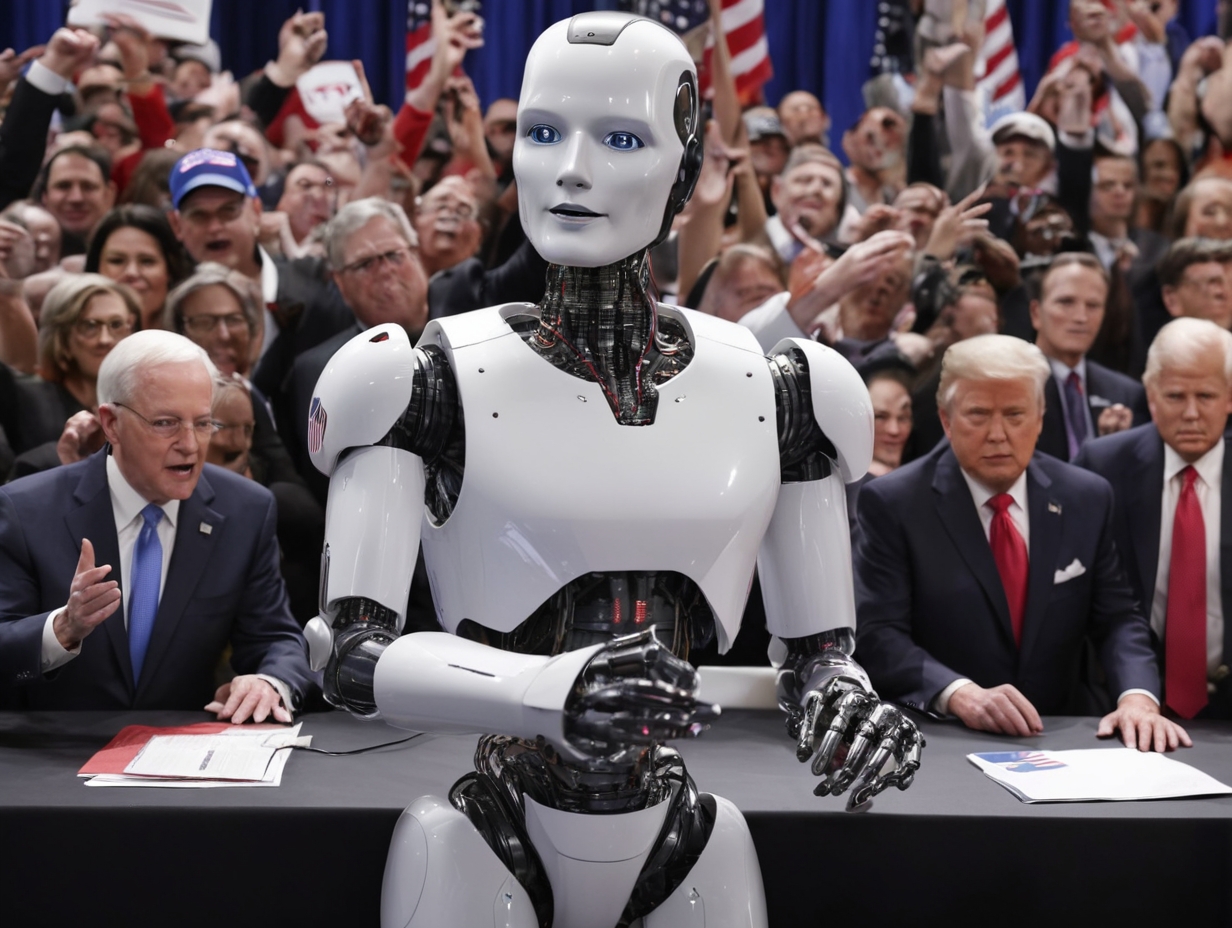As the fervor around AI, reinvigorated by innovations like ChatGPT, dispels the “tech winter” that cast a shadow over U.S. stocks at the end of the previous year, the tech sector is staging a remarkable comeback, emerging as the driving force behind U.S. stock indices. Notably, Nvidia, often hailed as the “sole arms dealer of the AI era,” particularly, Nvidia’s valuation has seized the spotlight.
Nvidia has outshone its peers, surging by over 180% since the year’s outset, claiming the top spot among S&P 500 performers. Its market capitalization has crossed the trillion-dollar threshold, placing it in the league of tech giants like Apple, Alphabet, Microsoft, and Amazon.
Balancing promise and prudence
While investors are naturally drawn to promising prospects, a closer examination of Nvidia’s current valuation raises concerns. The company’s Price-to-Earnings (P/E) ratio, based on the last 12 months’ earnings, has skyrocketed to a staggering 212. By comparison, Amazon’s P/E ratio is at 110, and Tesla’s at 70.
High valuations often make markets uneasy. Even minor disturbances can lead to rapid stock declines. Recently, Nvidia’s stock dipped by 9.43% without significant negative news, marking its largest weekly drop since September. In contrast, the NASDAQ fell by only 2.34% during the same period.
Analysts from Morgan Stanley issued a warning this week, signaling that the thriving U.S. AI stock market, led by Nvidia, might be nearing its peak.
However, if Nvidia’s performance continues to meet projections, its seemingly high stock price could become more reasonable. Nvidia’s forward P/E ratio, based on anticipated earnings in the next 12 months, stands at 42, compared to Amazon’s 51 and Tesla’s 58.
These figures are underpinned by growth assumptions, including doubling net profits this year, maintaining AI leadership in a competitive landscape, and managing supply chain challenges.
Christopher Gannatti, an analyst at WisdomTree, suggests that growing skepticism among investors questions whether Nvidia’s bright future is already factored into its current stock price. He highlights the challenge posed by high-performance expectations.
Nvidia’s valuation rises amidst challenges
As Nvidia’s valuation continues to rise, the company is taking proactive measures to sustain its leadership and meet investor expectations.
In June, Nvidia’s CEO, Jensen Huang, expressed confidence in relying on Taiwan Semiconductor Manufacturing Company (TSMC) for supplies, following a dinner meeting with TSMC’s Chairman. TSMC, the exclusive manufacturer of Nvidia’s popular GPU H100, is integral to Nvidia’s future plans.
Nvidia has also emerged as a significant venture capital player, specifically supporting companies collaborating with AI models. This year, Nvidia has invested in around 12 startups, including promising AI unicorns like Runway, Inflection AI, and CoreWeave. These investments hold the potential to broaden Nvidia’s customer base, diversify its clientele, and contribute to sales growth.
GPU shortages and challenges
The surge in pretrained models has heightened computational challenges, particularly in training and inference for Large Language Models (LLMs). Solutions optimized for Nvidia GPUs, such as CUDA-based high-performance inference options, have gained prominence.
As demand for specialized GPUs like H100 and A100 grows, companies like Microsoft and OpenAI are addressing shortages. Microsoft has limited employee access to GPUs, and even Elon Musk humorously commented on the difficulty of procuring enterprise-level GPUs.
Nvidia is well-positioned, enjoying a dual advantage in high-performance training hardware and AI software, including libraries and CUDA, as affirmed by Patrick Moorhead, a semiconductor analyst at Moor Insights.
Nvidia’s remarkable journey
Nvidia’s ascent from a valuation of $8.4 billion a decade ago to its current tech behemoth status is a remarkable trajectory. Initially renowned for high-performance graphics cards in the gaming sphere, Nvidia astutely commercialized its gaming-centric GPU business. The company’s vision extended to AI model training through CUDA, propelling it to AI dominance.
Nvidia’s path forward
While Nvidia currently holds a formidable position in the tech industry, competitors like Google’s Tensor Processing Units pose a challenge. Nvidia’s innovation and leadership in this dynamic landscape are pivotal.
Diverse initiatives, from the NVIDIA DRIVE platform to investments in AI startups, position Nvidia well for the future. However, maintaining leadership in the evolving landscape will require continuous innovation and adaptation.
The AI wave’s trajectory remains uncertain, but Nvidia’s journey exemplifies the transformative power of technology and innovation in today’s era.





